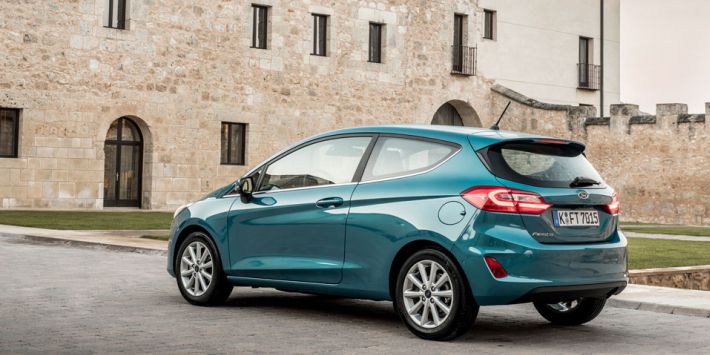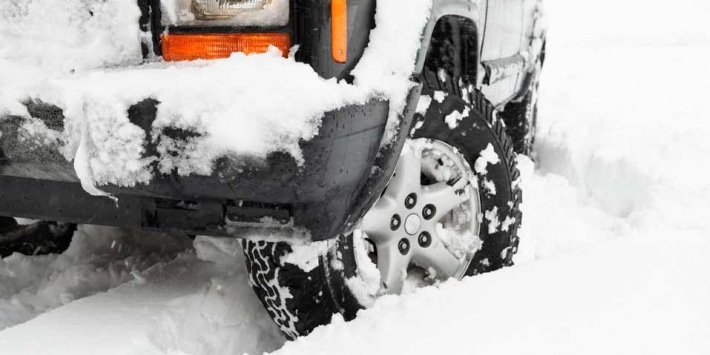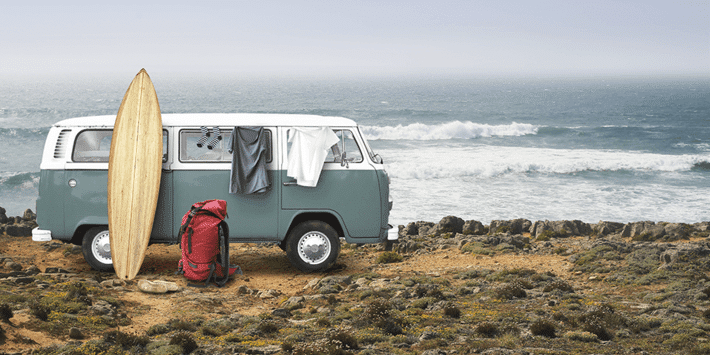What are the best tyres for your 4x4? Well, that depends on your vehicle and how you use it! In this guide we explain the different categories of 4x4 tyre as well as how to maintain them to get the best out of your AWD vehicle.
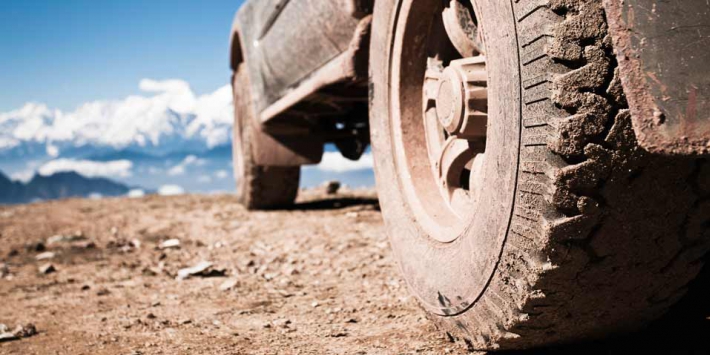
What type of 4×4 do you have?
To choose the most suitable tyres, start by identifying what type of 4×4 vehicle you have. All wheel drive vehicles can be split into 2 main categories:
Non-permanent all wheel drive vehicles:

These vehicles have a temporary AWD (All-Wheel Drive) system. They respond to driving conditions by changing from 2- to 4-wheel drive with any loss of traction. This type of vehicle is designed to be used mainly on road with the occasional trip off the beaten track.
Permanent all wheel drive vehicles:

These vehicles operate constantly in 4 wheel drive.
Which 4×4 tyres do you need?
4×4 tyres fall into 3 categories. Choose your tyres based on what type of vehicle you have and how you use it: on-road, off-road or on/off road.
4×4 on/off road tyres
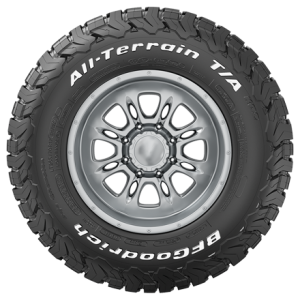
Usually labelled A/T (All Terrain), these versatile tyres are designed for 4×4 vehicles used both on and off-road. They provide good handling in dry and wet conditions and sufficient traction on soft ground or gravel. They mostly have:
- an open tread pattern and an aggressive design
- a reinforced structure and sidewalls to provide protection against external damage (from rocks etc.)
4×4 off road tyres
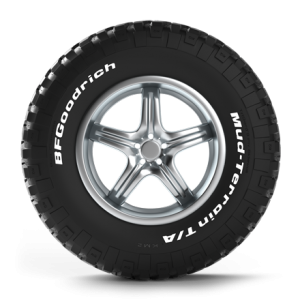
Off-road tyres come with the M/T (Mud Terrain) label and are designed for 4×4 vehicles needing to tackle steep paths and other obstacles. These tyres must deliver a high level of traction whatever the terrain, as well as high damage resistance in the most extreme driving conditions. To this end, tyre manufacturers primarily focus on:
- large tread blocks
- high grooving rate (50% of the tyre)
- deep tread (13 to 17 mm)
- reinforced structure and sidewalls
These tyres may be impressive off-road, however their on-road performance is limited due to their significant tread depth (large blocks) which has a negative impact on road holding and makes them much noisier than standard passenger car tyres.
4×4 road tyres
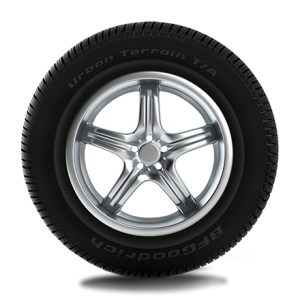
Usually labelled H/T (Highway Terrain), these tyres are designed for SUVs and other on-road 4×4 vehicles. Compared with on/off-road tyres and all terrain tyres, 4×4 SUV tyres are designed to perform more like passenger car tyres in terms of handling, grip, braking, tyre life and driving comfort. These tyres have:
- a less aggressive tread pattern
- flexible sidewalls
- low rolling resistance
Finally, if you need to drive on snow or off-road, make sure your tyres have the specific M+S (Mud and Snow) marking which means they can be used on muddy ground or in snowy conditions.
2 tyre tips to get the best out of your 4×4
An important thing to remember about 4×4 tyres is that they have to be replaced in fours. This is because tyres with different diameters (as a result of different levels of wear) put a strain on the vehicle’s transmission, leading to the deterioration of mechanical parts such as the differential, and ultimately to costly repairs for the driver.
To help preserve your 4×4’s transmission, you should also:
- Fit 4 identical tyres to your 4×4, i.e. same brand, same type, same tread pattern, same size, same speed and load ratings.
- Maintain a similar level of wear on all 4 tyres, for example by rotating them at each seasonal tyre change (summer to winter tyres and vice versa) or by rotating them 3 times over the tyres’ life.

